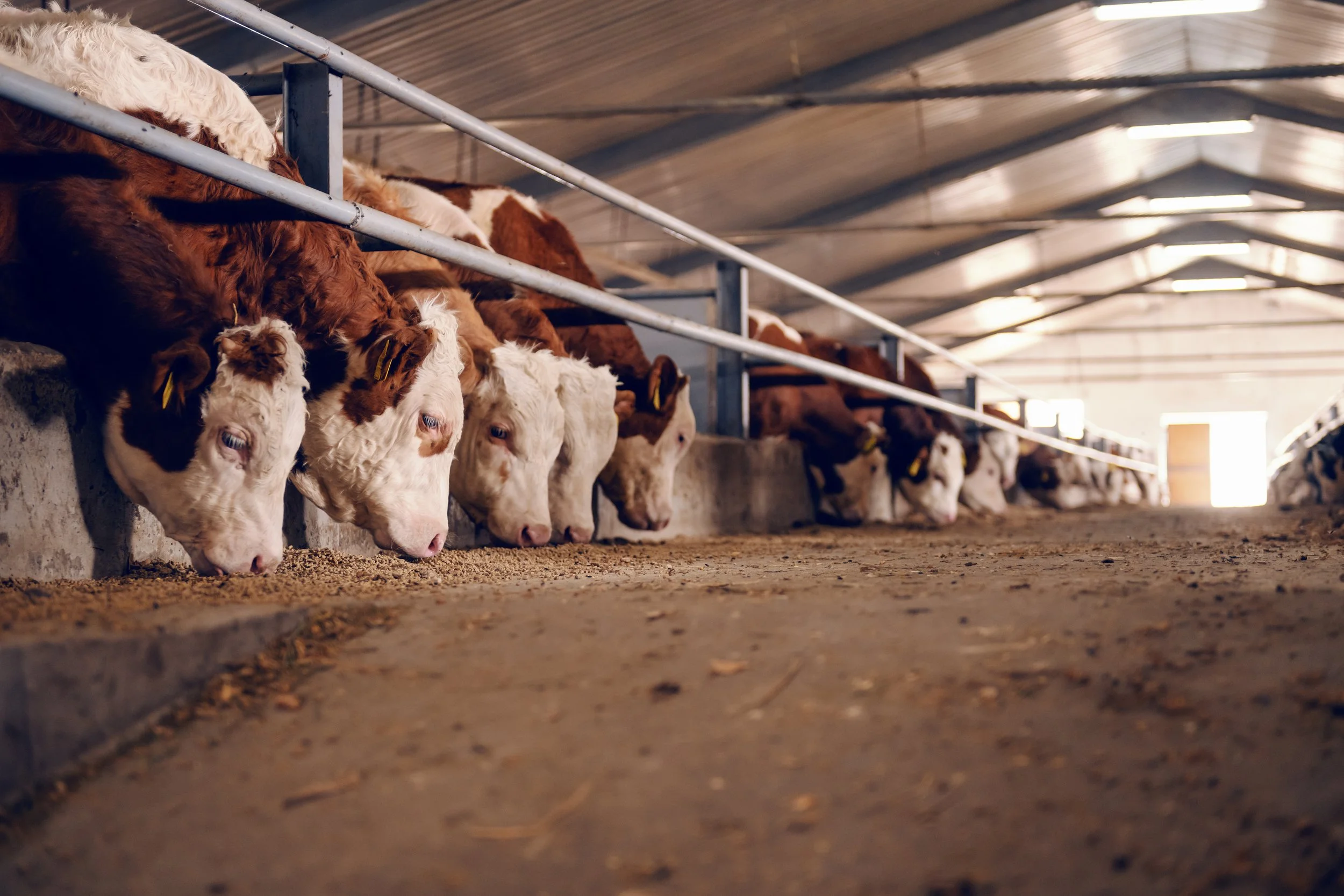VALUE OF BYPRODUCTS
EDIBLE
An Offal Opportunity?
Mainstream American consumers have long shunned many offal-based delicacies that are prized by cultures around the world. That’s a significant reason that edible byproducts from large processing plants are shipped to Mexico, Japan, Southeast Asia, and elsewhere overseas.
However, edible offal is starting to gain favor in certain sessions of the United States. Some of that nascent popularity is being spawned by immigrants bringing to the U.S. an appetite for their favorite foods from home. Native Americans, African Americans, Latinos, and other longstanding communities within the United States are beginning to rediscover foods that were historically part of their cultures. And, younger consumers across the country are willing to explore new ethnic dishes, many of which contain edible offal.
The Benefits of Offal
Offals have a higher nutritious value than meats. Hence, several governments around the region are encouraging their consumption. The use of animal byproducts is partly fueled by the rise in greenhouse gases because these products may reduce GHG emissions by eliminating the need for breeding more livestock. The edible offal is a valuable source of minerals and protein. The market may help meet nutritional needs while maximizing resource efficiency and lowering the environmental burden of growing meat production by meeting the demand for high-protein meals through animal byproducts.
The market is expanding because of its superior nutritional value and lower price than other meat cuts. Prime pieces of beef are more expensive than edible offal. Because of its affordability, it is a desirable choice for customers seeking affordable protein sources. Comparing edible offals to other types of lean muscle meat, it can be illustrated that they have a higher nutrient density and include greater amounts of iron and vitamin B12.
Additionally, the food industry constantly looks for innovative methods to add edible offal to processed food products. Offal can be a component of meatballs, sausages, pâtés, and other prepared meats. Offal is now accessible in more approachable and practical forms, satisfying customer preferences for products like ready-to-eat (RTE) or simple in preparation. Also, offal-based goods that are ready to eat or easy to prepare meet the needs of contemporary consumers who live hectic lifestyles and need quick and easy meal options. The food industry aids in removing potential obstacles to offal intake, such as the perception of difficulty in preparation or the link with lower social status, by incorporating offal into these goods. (North American Edible Offal Market Report)
Articles & Resources
SLIDES
Nutritional Value of Beef (and Some Pork) Offal
West Texas A&M University
Slides showing the nutritional value of need and some pork products.
ARTICLE
CSU Spur aims to keep valuable organ meats from landfills
Colorado State University
This article describes the program that Colorado State University is developing to expand the acceptance of edible offal among consumers as a marketing opportunity for the animal protein industry.
REPORT
The Offal-Eater’s Handbook: Untangling the Myths of Organ Meats
Eater
A summary of the edible organs and byproducts from beef, pork, and poultry.
REPORT
Consumer Intention Towards Buying Edible Beef Offal and the Relevance of Food Neophobia
National Library of Medicine
This is a scientific study resulting in recommendations on steps that can be taken to gain greater consumer acceptance of edible beef offal.
GUIDANCE
Dressing Procedures and Preparation of Edible Parts
Government of Canada
This is a guidance document from the Canadian Food Inspection Agency (CFIA) covering the procedures required to meet the Canadian Government’s Food Safety Regulations. While this document cannot be used to develop procedures under USDA Food Safety and Inspection Service, it provides helpful guidance.
REPORT
Nutritional Value of Beef Variety Meats
USDA’s Agricultural Research Service and Colorado State University
A study conducted through collaboration between USDA’s Agricultural Research Service and Colorado State University identified the nutritional value of raw and cooked beef. The site has a link to Excel databases listing the nutritional value of raw and cooked beef, including blood, heart, kidney, liver marrow, oxtail, testicles, tongue, and tripe.
PUBLICATION
The Offal Newsletter
Colorado State University
This is a quarterly publication designed to promote greater utilization of edible byproducts. To subscribe, contact Jordan Lambert at Colorado State University at Jordan.Lambert@colostate.edu.
RECIPES
Offal Recipes
Italian Liver Piccata, Offally Good Cooking
Trippa alla Romana Recipe, La Cucina Italiana
Easy Beef Liver Pâté, Prepare + Nourish



